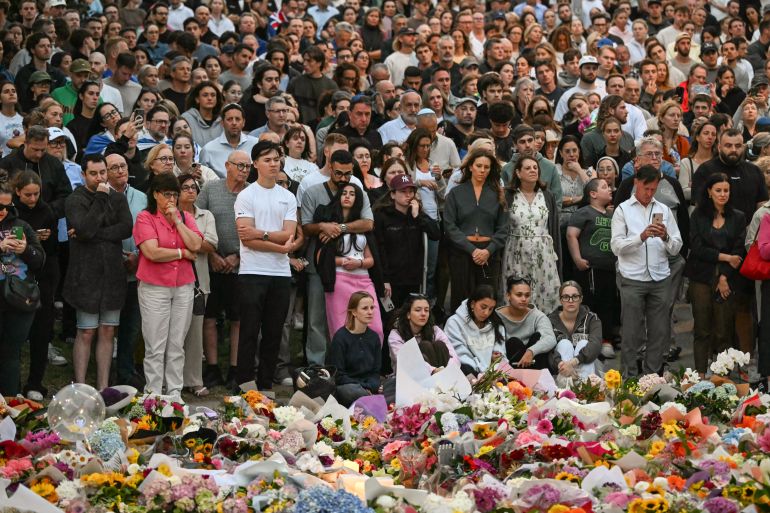Federal authorities in the United States have arrested four members of an antigoverment left-wing group over an alleged bomb plot targeting immigration agents and companies, among others, in California, officials have said.
Announcing the arrests on Monday, US Attorney General Pam Bondi said the Justice Department and the Federal Bureau of Investigation had disrupted “a massive and horrific terror plot” being prepared by the Turtle Island Liberation Front.
Recommended Stories
list of 2 itemsend of list
“The Turtle Island Liberation Front – a far-left, pro-Palestine, anti-government, and anti-capitalist group – was preparing to conduct a series of bombings against multiple targets in California beginning on New Year’s Eve,” Bondi said in a statement.
She was careful to note that among the group’s planned targets were Immigration and Customs Enforcement (ICE) agents and their vehicles.
Audrey Illeene Carroll, 30; Zachary Aaron Page, 32; Dante Gaffield, 24; and Tina Lai, 41, have been charged with conspiracy and possession of an unregistered destructive device. Officials said additional charges are expected.
Desert meeting
The suspects, who are all from the Los Angeles area, were arrested on Friday in the Mojave Desert as they were working on the plot, First Assistant US Attorney Bill Essayli told a news conference.
Officials showed reporters’ surveillance footage of the suspects in the desert moving a large black object to a table. The group was arrested before they had the opportunity to build a functional bomb, the officials said.
Essayli said Carroll had created a detailed plan to bomb at least five locations. The plot included the targeting of two “Amazon-type” logistics centres operated by US companies in the Los Angeles area on New Year’s Eve.
Backpacks filled with IEDs that were to be detonated simultaneously at midnight were to be left at the locations. The group believed the explosions would be less likely to be noticed due to fireworks detonated during the celebrations.
Two of the suspects had discussed plans for attacks targeting ICE agents and vehicles with pipe bombs early next year, according to the complaint.
Officials said the suspects were an offshoot of a group dubbed the Turtle Island Liberation Front, which says it is for the “liberation of all colonised peoples”.
The group, which has a small social media following, describes itself on Facebook as a political organisation advocating for the “Liberation of occupied Turtle Island and liberation of all colonized peoples across the world”.
The term “Turtle Island” is used by some Indigenous peoples to describe North America in a way that reflects its existence outside the colonial boundaries put in place by the US and Canada. It comes from Indigenous creation stories where the continent was formed on the back of a giant turtle.
Activists affiliated with the group have previously organised campaigns against detentions and deportations by ICE, as well as anti-colonial issues.





